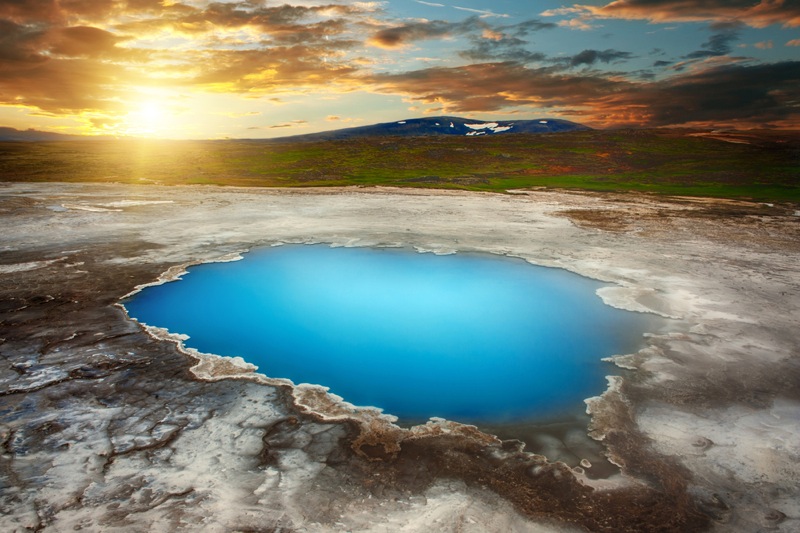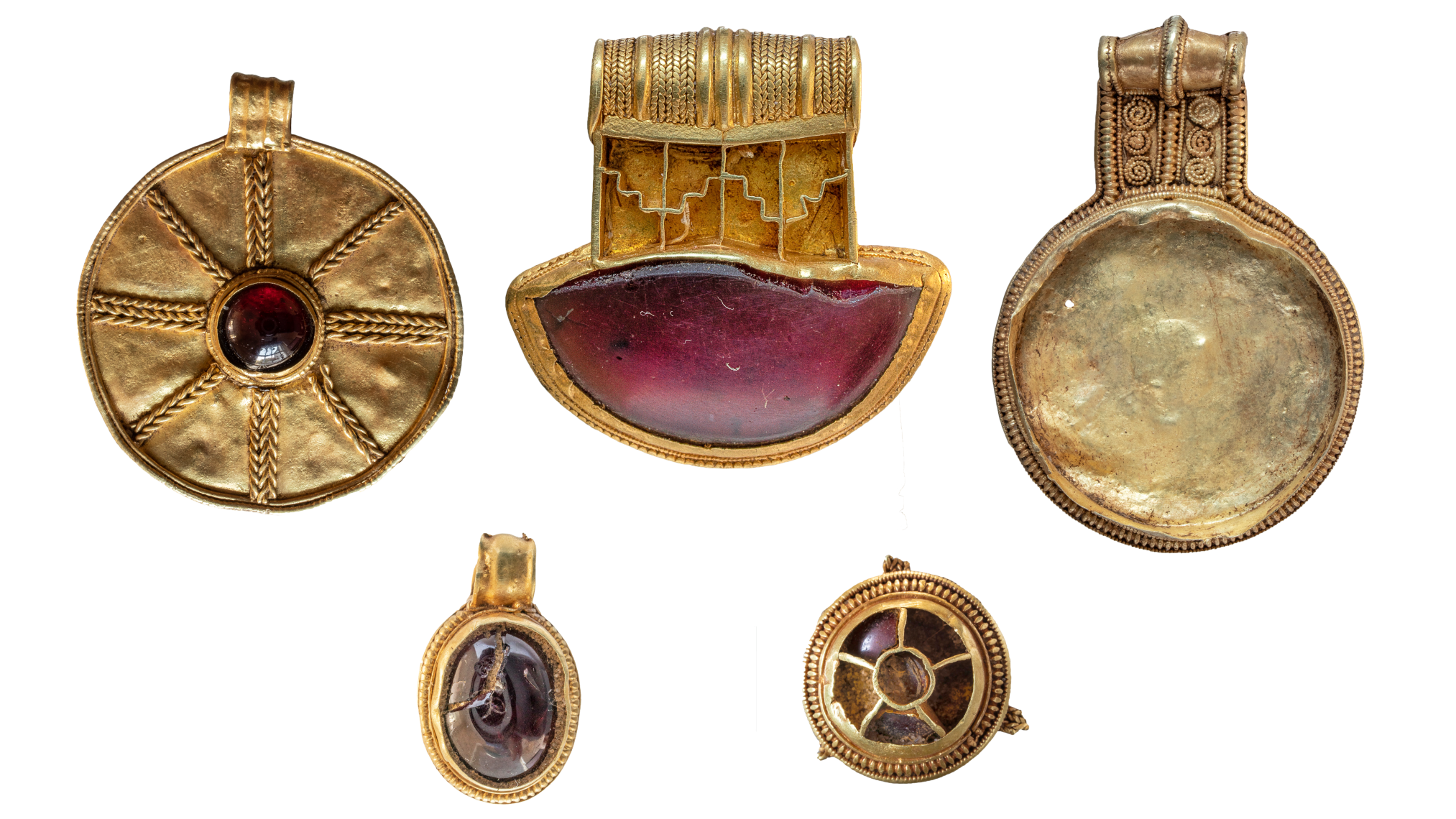How Heat-Loving Organisms Are Helping Advance Medicine

As the temperature climbs, most humans look for ways to cool down fast. But for some species of microorganisms, a midsummer heat wave isn’t nearly hot enough. These heat lovers, known as thermophiles, thrive at temperatures of 113 degrees F or more. They’re often found in hot springs, geysers and even home water heaters.
“The ability of thermophiles to survive under such extreme conditions is remarkable and fascinating, especially given that these microorganisms use many of the same metabolic and physiological processes as we do,” says Darren Sledjeski of the National Institutes of Health.
Like humans and other organisms, thermophiles rely on proteins to maintain normal cell function. While our protein molecules break down under intense heat, a thermophile’s proteins actually work more efficiently. They also tend to be more stable at room temperature than our own. An NIH-funded research team led by Robert Gennis of the University of Illinois at Urbana-Champaign is taking advantage of this property to better understand a group of proteins that exist in our cells’ membranes.
Membrane proteins play the critical role of gatekeepers for messages and materials moving into and out of cells. Because of their important functions, these proteins are the targets of a large number of today’s medicines. One way that scientists learn more about how a protein functions — and how a medicine might interact with it — is to determine its structure. But such determination has been particularly challenging for membrane proteins, which typically become too floppy at room temperature to form the crystals of tightly packed protein copies that scientists use to generate structures.
The Illinois team is overcoming this limitation by studying membrane proteins from thermophiles. The researchers first manipulate the genetics of thermophiles to make them overproduce a protein under study. They then experiment with different environmental conditions until they find the best ones for encouraging these protein copies to form a crystal.
The team hopes to complete this process for at least 50 different proteins, which could lay the groundwork for developing treatments for a range of diseases.
The research reported in this article was funded in part under NIH grant R01GM095600.
Get the world’s most fascinating discoveries delivered straight to your inbox.
This Inside Life Science article was provided to Live Science in cooperation with the National Institute of General Medical Sciences, part of the National Institutes of Health.
Learn more:
The Structures of Life | Video
The Tools of Genetics: Unlimited DNA Article from The New Genetics Booklet
Also in this series:



